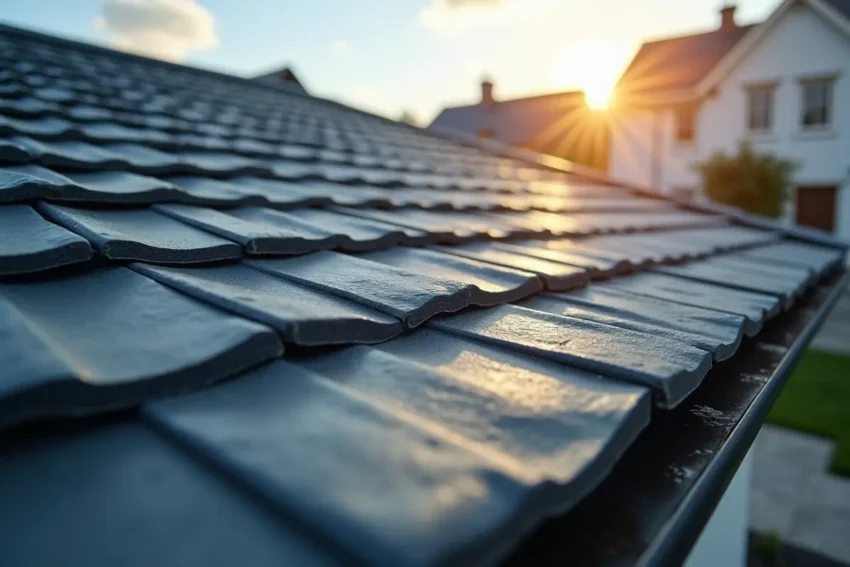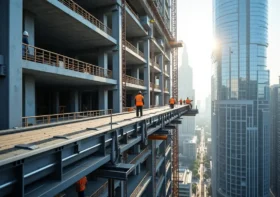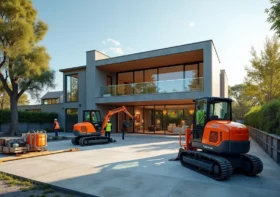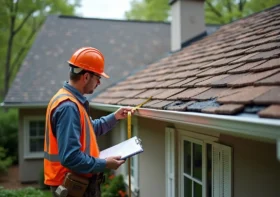Essential Tips for a Durable Roofing Design

Durable roofing is vital for safeguarding your home against the elements and ensuring long-lasting performance. A well-designed roof enhances the aesthetic appeal of your house and significantly adds to its value.
When considering your roofing design, a few critical tips can lead you down the path to a successful installation and upkeep. From selecting the right materials to understanding maintenance, these factors contribute to the durability of your roofing system.
Contents
Choose the Right Material
Selecting the appropriate roofing material is a key step in creating a durable roofing design. With numerous options available, take into account factors like climate, energy efficiency, and aesthetic purposes.
Asphalt shingles are popular due to their cost-effectiveness and variety in colors and styles. However, metal roofing has gained traction for its longevity, sustainability, and resistance to harsh weather conditions. When comparing materials, think about the roof’s slope and structural integrity. Materials like tiles or slate are heavier and require a stronger framework to support their weight.
Understanding how each material performs under local weather conditions can influence your choice, ensuring you pick the best option for durability. Reaching out to local dedicated roofing contractors to gain professional insights. These experts can guide you through your options based on your home’s unique specifications and regional environmental factors.
Some roofing materials may offer better insulation, helping reduce heating and cooling costs. It’s worth considering the lifespan of each material, since a lower upfront cost may lead to higher replacement expenses later. Homeowners should weigh both short-term affordability and long-term investment value before making a final decision. Eco-conscious buyers may want to explore sustainable options, such as recycled shingles or green roofs, which can reduce environmental impact.
Design for Water Drainage
A well-designed roofing system must prioritize water drainage to avoid pooling, which can lead to leaks and structural damage. Effective drainage prevents water from collecting, thereby minimizing the risk of damage to the roof and the interior of your home. Pay attention to the slope of your roof. A steeper pitch promotes efficient drainage. Flat roofs need adequate drainage systems installed to handle water flow efficiently.
Using gutters and downspouts correctly is important. They should be sized appropriately based on the roof area and rainfall in your region. Regular maintenance is vital. Clean gutters frequently to remove debris, which can inhibit water flow and lead to blockages.
Incorporate Proper Insulation
Insulation plays a pivotal role in extending the life of your roof. Proper insulation regulates temperature within the home, reducing the wear on roofing materials due to thermal expansion and contraction. Inadequate insulation can lead to excessive moisture buildup, leading to rot and other damage. Choosing the right insulating materials can make a significant difference in the roof’s durability.
Materials such as spray foam, fiberglass, or cellulose can offer effective thermal resistance. Take into account the R-value of insulation, measuring its effectiveness. This careful planning enhances comfort inside your home while prolonging the lifespan of your roofing system.
Understanding Local Building Codes
Familiarity with local building codes is vital when designing a durable roof. Building codes dictate what materials and practices are permissible and ensure that safety standards are upheld. Complying with these regulations can prevent headaches down the line, ensuring your roof remains intact and compliant.
Knowledge of any zoning laws, neighborhood restrictions, or historical preservation requirements in your area is important. It can impact your roofing design and choices. More so, certain regulations can affect permits needed for installation.
Invest in Quality Labor
Selecting a reliable contractor is just as vital as choosing the right materials. Quality labor ensures that installation is conducted according to established standards, contributing to the durability of your roofing design. Research potential contractors thoroughly by reading reviews, checking certifications, and asking for references about their previous work.
Take into account their experience with the specific materials and designs you’ve chosen and their warranty and post-installation service. Contracts should clearly delineate the scope of work and timelines to avoid misunderstandings. Prioritizing quality labor prevents premature roof failures.
Roofing designs require careful consideration of materials, water drainage, insulation, maintenance, building codes, and labor quality. By incorporating these strategies, you can ensure that your roof remains durable and effective for many years to come.



